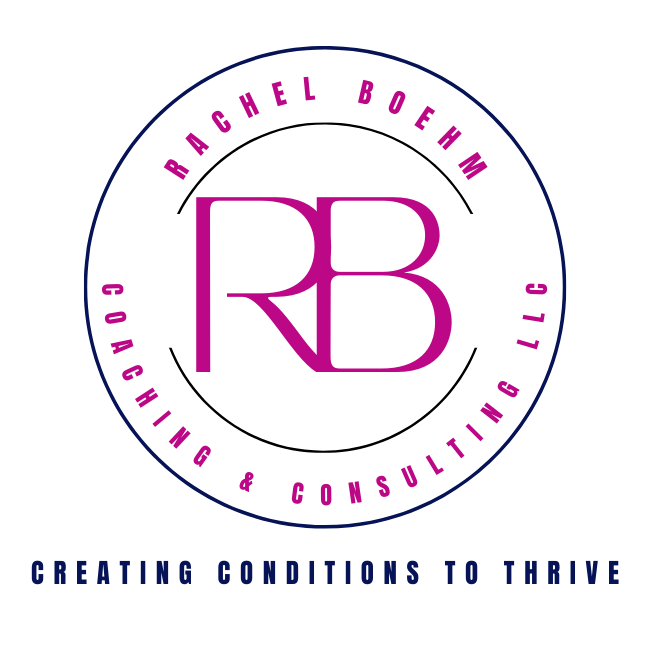How to Commit to Exercise: Even When You Hate It
We know we should exercise. And a new study gives us one more reason why: the muscles of life-long senior exercisers resembled at the cellular level, those of athletic 25-year olds; and helped fight inflammation better than the muscles of sedentary seniors.
Knowing, isn’t doing, though. So how can you finally start doing? That’s where the second post from Sunday’s highlight comes in. The Choiceology Podcast covered commitment devices and how they can help us actually “do”!
What’s A Commitment Device?
As defined by the Choiceology Podcast, “a commitment device is a choice you make in the present that restricts or changes the price of your vice in the future.”
Economists Stephen Dubner and Seven Levitt, define it as “a means with which to lock yourself into a course of action that you might not otherwise choose but that produces a desired result.”
Basically, you use a reward or punishment to increase the price of your vice, locking you into the behavior you are trying to adopt, rather than the one in which you’re currently engaged.
Here’s an oft used example given, and given in the Podcast:
Ulysses had his crew tie him up so he could hear the song of the Sirens, and had them place wax in their ears, so they could steer safely by. This helped all avoid the temptation of the Sirens’ song, and thus a shipwreck.
The second example given in the Podcast, is that of Victor Hugo. Hugo procrastinated completing The Hunchback of Norte Dame, and his publisher was not happy about it. To complete what became a masterpiece by the furiously imposed deadline, Hugo essentially trapped himself in his home by locking away his clothing and covering himself with a great scarf. Given that he would not be caught dead in public in such an outfit, he had no choice but to complete his novel. Which he did, before the deadline.
How Can This Help You Exercise?
A commitment device can help you start exercising by increasing the cost if you don’t, thus helping you fight back against the temptation to not exercise when the time comes. Like, when the alarm goes off at 4am and your bed is nice and cozy. Or when you’re totally drained from work, and finally headed out of the office, wanting to just go home and relax.
Here are some examples of commitment devices that might be helpful for establishing an exercise routine:
- Share your new goal to exercise (be specific here: how often, for how long) on social media and commit to specific, consistent check-ins to hold you accountable.
- Commit to working out with a friend (an accountability partner), where if either of you cancel a session the cost would be disappointing the other. Or a financial cost, if you really wanted to throw a zinger in there. Whoever misses, pays the other $X.
- Buy a year-membership to a gym instead of a monthly membership.
- The tricks are to set the device or system up when you are out of the heat of the moment. In a “cool” state of mind. The device is there to help you pull through “hot” states off mind, so you don’t give in to impulse.
To start running more consistently, about 14 years ago, I signed up for a 5K with a friend. I didn’t want to perform poorly in front of her, or myself, during the run, so I had to start running regularly and work my way up to the distance!
Why do you even need this?
Because lack of information isn’t the problem. You aren’t going to read the study I mentioned at the top, telling you the importance of exercising consistently so you decrease inflammation, and then suddenly become a consistent exerciser. (Most likely.)
You don’t have an information problem. You have a consistently doing problem.
One way to start doing, so you eventually “do” consistently, is to use a device that helps you perform the new actions until they become so routine, you no longer need the device.
But, what if you really hate exercise? Check out Friday's post on just that!

